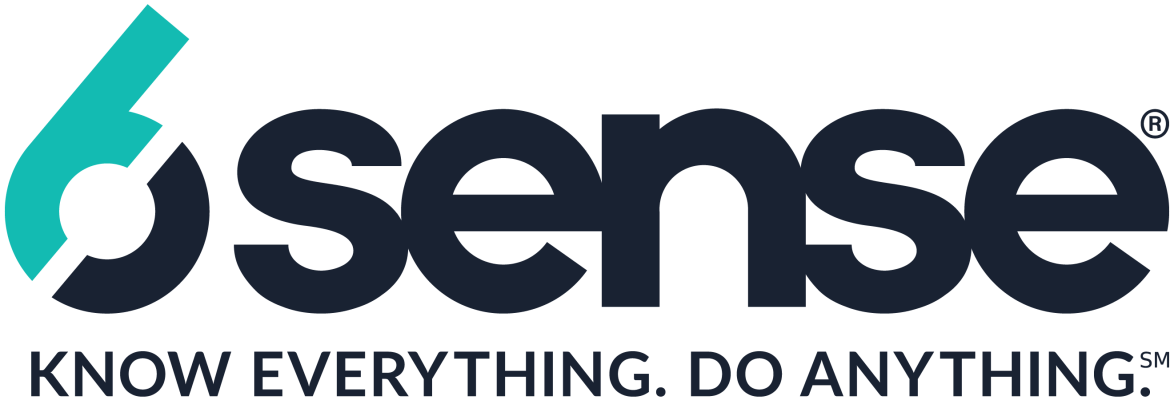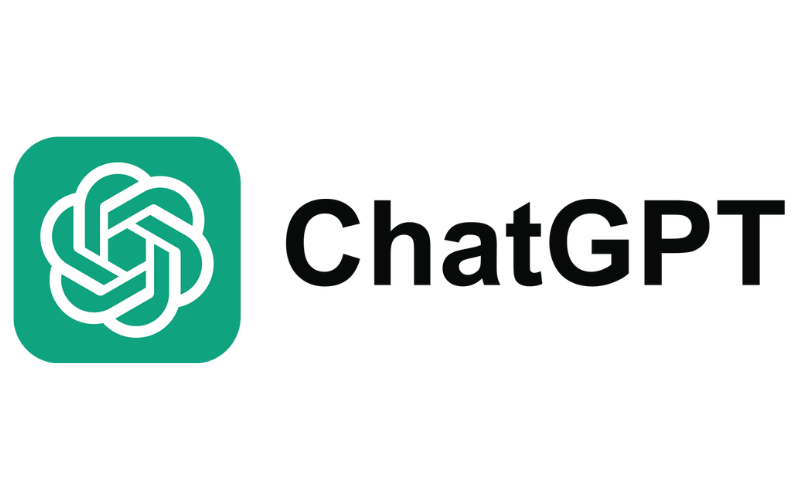15 best martech tools and martech companies in 2025 for global marketing teams
We’ve rounded up a list of the best martech tools and martech companies that may help to upgrade your current marketing team’s stack. From CRM to content creation and AI tools, find the right solutions for your team.

As marketing gets more complex, martech tools play a bigger role in helping teams work efficiently and deliver results. Many martech tools now also come with AI-powered features, helping businesses automate tasks and uncover deeper insights. Choosing the right tools can give marketing teams a competitive edge.
According to a recent Deloitte report, marketing executives worldwide are significantly increasing their investments in a variety of digital initiatives. Their aim is to be able to break through the marketing noise and deliver highly relevant content to consumers by working with the right martech companies and tools. Whether it’s CRM platforms, customer data tools, or AI content tools, working with the right martech companies makes a big difference.
While some martech tools promise enhanced ROI and streamlined operations, the effectiveness varies. Every marketing team has unique needs, and insights into a peer’s martech stack can be invaluable. Here’s a list of 15 martech companies and tools, including AI-driven solutions, that could help improve your marketing performance.
Top martech companies and tools
- ContentGrow (content creation)
- HubSpot CRM (CRM)
- Treasure Data (customer data platform)
- Typeform (form builder)
- Crisp (chat app)
- Zoho Mail (free email hosting)
- SendPulse (email marketing)
- SpyFu (SEO – competitor analysis)
- Meet Edgar (social media management)
- Criteo (digital advertising)
- PRNewswire (press release distribution)
- Prowly (media relations)
- Mavrck (B2C influencer marketing)
- 6sense (ABM)
- ChatGPT (research and writing assistance)
Frequently asked questions
- What is martech?
- What is an example of martech
- How many martech tools are out there?
- What is a martech stack?
- How do you make a martech stack?
- Looking for more insights on martech tools?
What is martech?
Martech refers to marketing technology tools that help automate and optimize various marketing activities. These tools support everything from data collection and content creation to audience targeting and campaign performance tracking.
For marketing teams, especially those with lean structures, martech tools make it easier to manage projects, save time, and improve results.
While adtech focuses more on paid advertising and programmatic ads, martech covers both paid and organic strategies, including content marketing, email campaigns, social media management, SEO, and more.

Top 15 martech companies and martech tools for global teams
1. ContentGrow (content creation)

According to a survey, B2B marketers are increasingly prioritizing content marketing to help bolster customer awareness and engagement. However, they also say that their biggest challenge in the equation is content creation. It’s tough to find great talent that can craft content with expertise and real empathy for the target audience.
Marketers looking to outsource work to content creators with specific domain expertise can give ContentGrow a try. Unlike generic content marketplaces, the team behind this tool will handpick talent and match them in accordance with your project needs. For example, a horology media should avoid working with generic luxury lifestyle writers, and instead collaborate with freelance writers and journalists who specialize in the watchmaking industry.
ContentGrow also incorporates AI into their platform, enhancing their service with features like Brief AI, which generates instant content formats, such as press releases. This showcases how AI can streamline complex tasks in content marketing and PR, allowing marketers to focus more on strategy and creative development. By automating the creation of detailed briefs, ContentGrow ensures content efficiency and quality, tailored to specific client needs.
The best thing about ContentGrow is that the team curates freelancers who suit the marketer’s stated budget. The platform is also utilized by brands like South China Morning Post, Cision, and e27. To get started, sign up and answer a few preliminary questions. Afterward, ContentGrow will return with a vetted list of practitioners, complete with relevant work samples.

2. HubSpot CRM (CRM)

It’s important for marketers to understand their buyer personas clearly, and distribute content that matters to them at the right times. A solid CRM software can help achieve this. Amazon, for example, builds and utilizes its own CRM software so that it can deliver highly tailored promotions and recommendations to customers, resulting in bigger purchase conversion rates.
A reliable CRM tool is essential for tracking customer data and delivering the right content at the right time. HubSpot CRM offers a free version with support for up to 1 million contacts — making it ideal for growing teams. It also comes with built-in email marketing, landing page builders, and form tools.
3. Treasure Data (customer data platform)

Big brands with millions of touchpoints need a customer data platform (CDP) to unify customer data and build complete profiles. Treasure Data specializes in handling complex customer data, ensuring compliance across global markets, and helping marketers spot high-intent buyers.
As a choice for businesses, Treasure Data aids in unifying profiles and identifying buying signals, important for personalized customer experiences.
4. Typeform (form builder)

Online forms are downright simple and effective, and this is why it’s still the most popular lead capture tool for marketers. While Google Forms is free and effective, you may want to upgrade to another tool that offers a beautiful user experience for the folks doing the filling. Our pick for this is Typeform.
Typeform just feels personal, and even with the free version there’s a variety of ways to plug it into your tech stack. The free version limits things like the number of questions you can ask in a form, and the number of responses you can get per month, but it’s still effective. It also allows for integration with a bunch of other apps such as Google Sheets and Slack. The premium version allows for unlimited usage, more sophisticated features like logic jumps, and more app integration options.
5. Crisp (chat app)

According to a Twilio survey, nine out of ten consumers expect to use live-chat messaging to reach online companies. Not only does it make sense to set up a live chat function to help serve customers, but marketers also actively use this tool to qualify inbound leads. In fact, based on a HubSpot survey, chatbots and live chats are the second most popular lead capturing tool used by marketers, next to online forms.
One tool we’d recommend is Crisp. It’s a very straightforward live chat app for your website. What we like from this tool is that the free version already allows you to look at the user’s browsing activities on your website. This can give you an idea about who they are and what they’re trying to achieve without asking too many questions. You can use more advanced features like chatbots, Slack integrations, and analytics on the paid version.
6. Zoho Mail (free email hosting)

According to an IE domain registry survey, 64% of respondents say that they have little to no trust in businesses that use free email addresses. In contrast, 77% trust businesses that use a customized domain-specific address. This means that marketers who continue to use their personal email addresses are holding their business back. It’s time for an upgrade.
Our pick for this is Zoho Mail. It’s clean, secure, and easy to set up. What we love about this tool is that its free version already allows you to use a custom business email address for up to five users with an ad-free experience. If you want to use the IMAP/POP/Active Sync feature (which allows you to send emails using other platforms like Gmail), it’ll cost you as little as US$1 per user per month.

7. SendPulse (email marketing)

Email marketing is alive and well. According to a recent survey by Econsultancy, marketers rank email as their top performing marketing channel, just slightly ahead of SEO. The average email open rate is also increasing each year, averaging 20.8% in 2018.
SendPulse is a versatile email marketing tool with a subscriber rating feature that helps marketers prioritize their most engaged contacts. The free plan supports up to 500 subscribers, making it suitable for small teams.

8. SpyFu (SEO – competitor analysis)

SEO is an increasingly important strategy for any digital marketer. According to Statista, organic search is still the number one traffic source (33%) for global e-commerce sites. The good news is there are many great SEO tools to pick and choose from.
SEO remains a top source of organic traffic. SpyFu helps marketers monitor competitor keywords, uncover SEO opportunities, and track Google Ads campaigns. The free version offers limited data, but it’s enough to explore initial insights.
9. Meet Edgar (social media management)

In a recent survey, 89.3% of marketers believe that social media is important to their digital marketing strategy. 73% said that they see good results from their social media activities. If you haven’t paid too much attention to social media, it’s time to hop on the bandwagon.
For marketers with limited time, MeetEdgar helps automate social media posting. It automatically pulls content from pre-set categories, filling your calendar with scheduled posts. Pricing starts at US$19 per month.

10. Criteo (digital advertising)

Generally, the average conversion rate for any website is small, especially for first-time visitors. This is where retargeting comes in to bring visitors back to your website. Retargeting is an effective strategy, as the average clickthrough rate of retargeted ads are ten times higher than the average of display ads.
Retargeting helps bring back visitors who didn’t convert the first time. Criteo specializes in cross-channel retargeting campaigns, optimizing ads based on real-time user behavior and product recommendations.
11. PRNewswire (press release distribution)

PR can play a key role in building your firm’s credibility and winning at the consideration stage of the funnel. According to a recent survey by Edelman, consumers in the US and Canada still cite traditional media as the most trusted source of news, ahead of search engine results, owned media, and social media.
Press releases are still valuable for building brand authority. PRNewswire helps distribute press releases across thousands of media outlets, increasing visibility and improving chances of earned coverage.
12. Prowly (media relations)

Getting media coverage isn’t as simple as pitching great stories to the right journalists. Marketers and PR pros agree that a strong media relationship can significantly increase the chance of getting exposure for your brand.
Pitching stories is easier with Prowly, a media database and outreach tool with over 1 million journalist contacts. It helps teams manage media relationships and track campaign progress.
13. Mavrck (B2C influencer marketing)

Influencer marketing works, and that’s why it has grown to become a US$13.8 billion industry today. Mavrck helps brands manage end-to-end influencer campaigns. It offers influencer discovery, campaign automation, and performance tracking.
14. 6sense (ABM)

The account-based marketing strategy (ABM) has steadily risen in popularity among B2B businesses. Practitioners have successfully increased their revenue using this bottom-of-the-funnel play.
B2B marketers using account-based marketing (ABM) rely on tools like 6sense to identify high-intent accounts and coordinate multichannel campaigns. Clients report 100% larger deal sizes and 10% higher conversion rates.
15. ChatGPT (research and writing assistance)

Marketers use ChatGPT to speed up research, organize ideas, and draft initial content. It also helps rewrite and edit content to fit different tones and formats. This AI tool is especially useful for fast content generation and brainstorming.
People also ask
What is an example of martech?
Examples of martech include content creation apps, CRM software, customer data platforms, customer support platforms, and SEO tools. Any software that helps marketers and professionals reach and convert visitors into customers may also be considered martech.

How many martech tools are out there?
According to Statista, there are around 9,932 martech companies in 2022. This is a massive increase compared to 2011's figure of 150. In 2021 alone, more than 175 martech firms raised capital.
What is a martech stack?
A martech stack is a group of marketing apps that a team uses regularly. Given the breadth of available martech apps, each with its own advantages, it's normal to see marketers using different martech stacks to tackle various problems.
Marketers tend to mix and match different marketing apps based on their own preferences. A price-sensitive marketer may prefer to use Google's free Keyword Planner tool rather than subscribing to Semrush. Other things that marketers usually consider when choosing their marketing apps include UI/UX functions and compatibility.
Managing a marketing stack is a never-ending process. So it's normal to see marketers testing new tools here and there to improve results overall.
How do you make a martech stack?
For beginners looking to create their first marketing stack, start by defining two to three of your marketing needs. Are you looking to build a landing page? Do you want to track your customers’ behavior? Or do you just need to create content regularly?
You’ll then need to develop a list of criteria. To keep things simple, answer the following two questions: What does your budget look like? What are the must-have app functions?
Naturally, you'll need to do online research and try out several apps. Compare the experience for each and keep the ones you're happy and comfortable with.
Your ideal martech stack is one that you’ll find intuitive to work with and it addresses your marketing needs. Be sure to make time to experiment with new tools here and there, even after you’ve been working with a specific stack for several months.
It’s important because you may need to adjust your martech stack based on evolving circumstances. For example, in the years ahead, you may have a larger budget for apps and martech. This opens up new possibilities.
Looking for more insights on martech tools?
Here are some articles that may help:
- https://www.contentgrip.com/martech-stack-deep-dive-crm/
- https://www.contentgrip.com/affordable-martech-tools/
- https://www.contentgrip.com/5-essential-martech-tools-for-businesses/
- https://www.contentgrip.com/building-your-martech-stack/
- https://www.contentgrip.com/core-martech-tools-for-customer-personalization/
- https://www.contentgrip.com/what-marketers-need-to-know-about-email-marketing/
- https://www.contentgrip.com/martech-stack-web-analytics/
- https://www.contentgrip.com/martech-stack-deep-dive-remarketing-ecommerce/
This post is created by ContentGrow, providing scalable and tailored content creation services for B2B brands and publishers worldwide. Book a discovery call to learn more.








